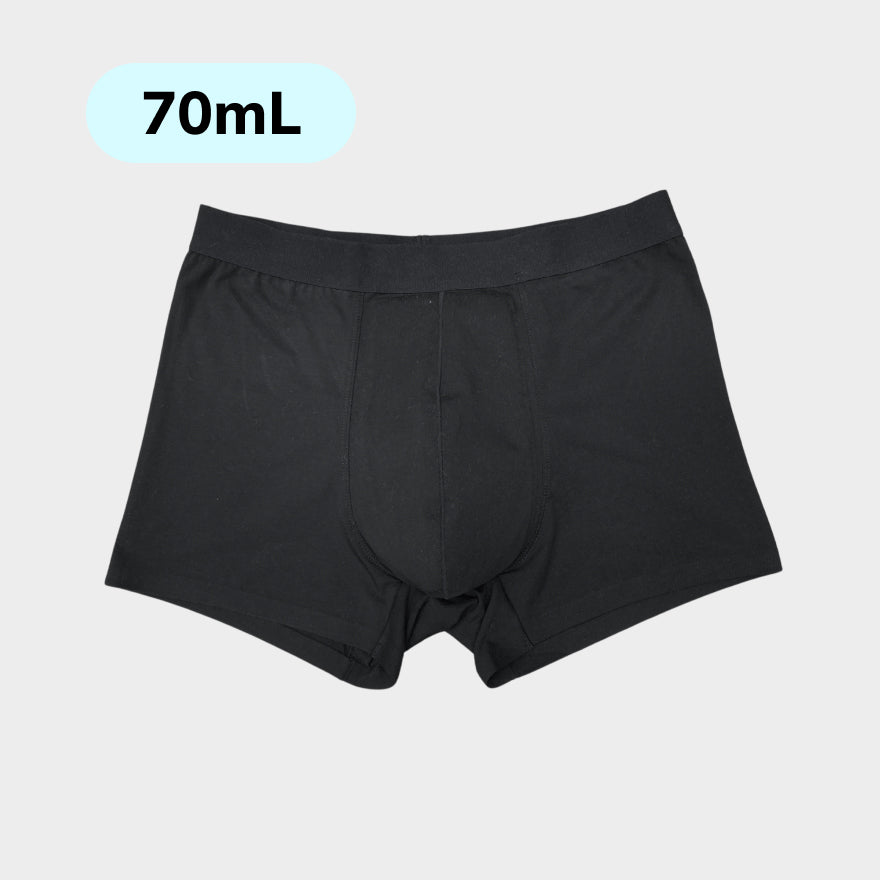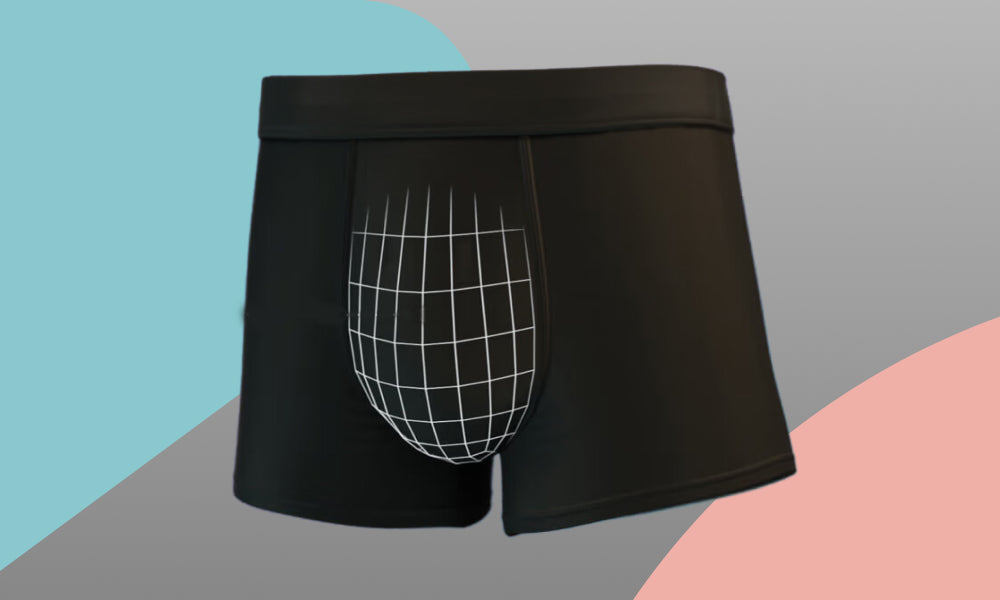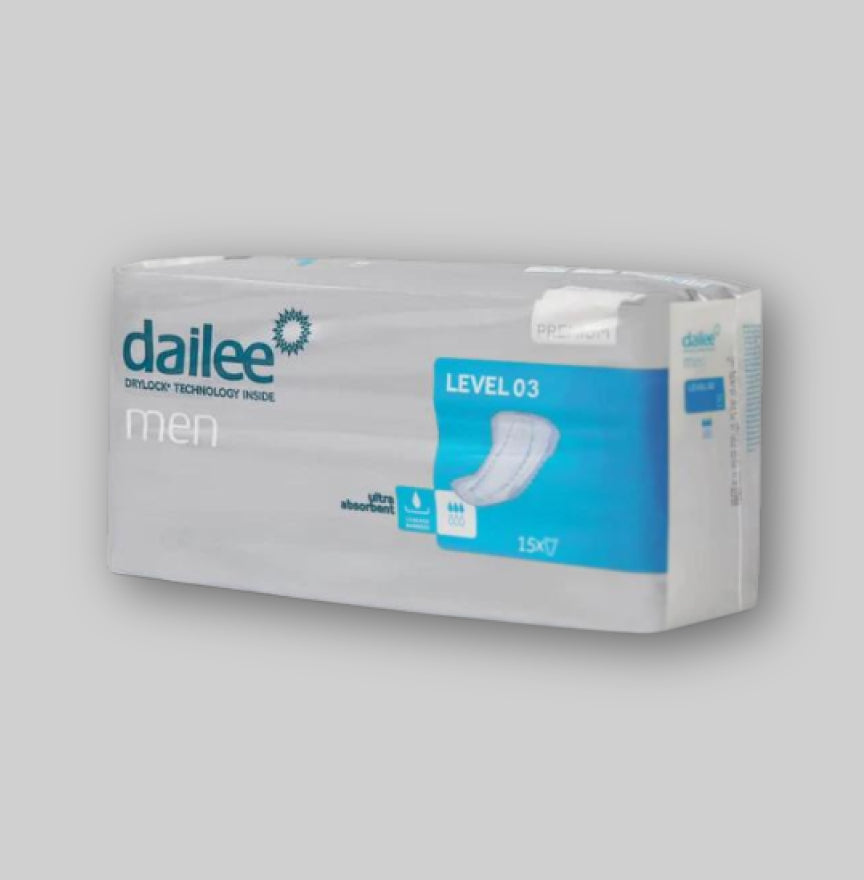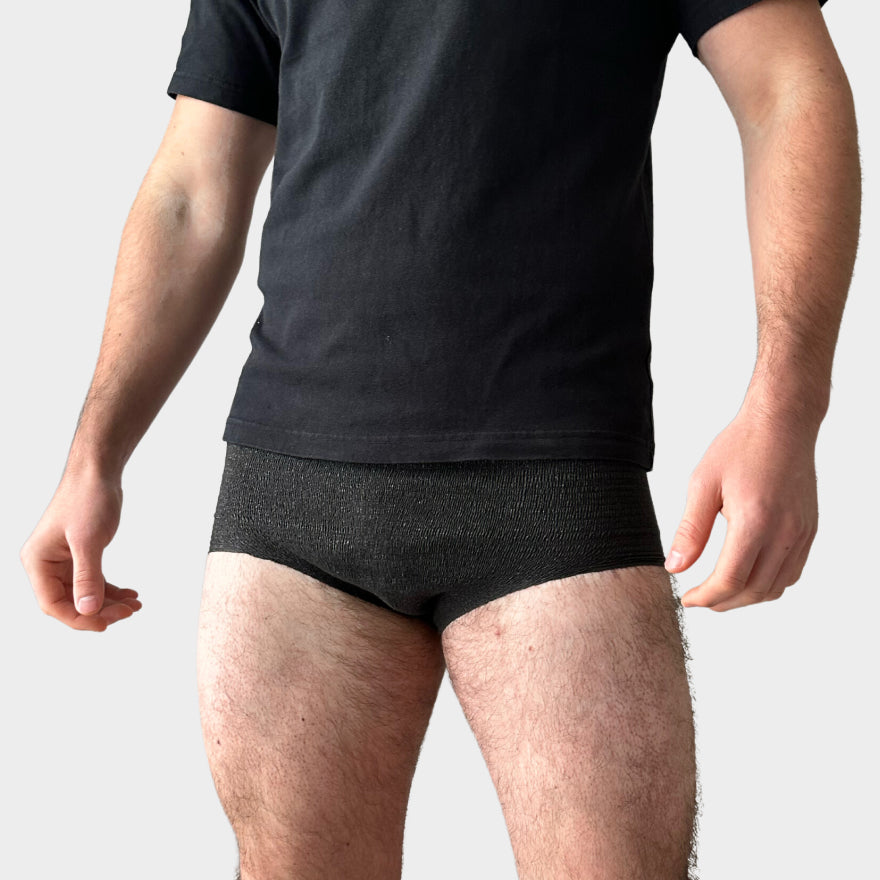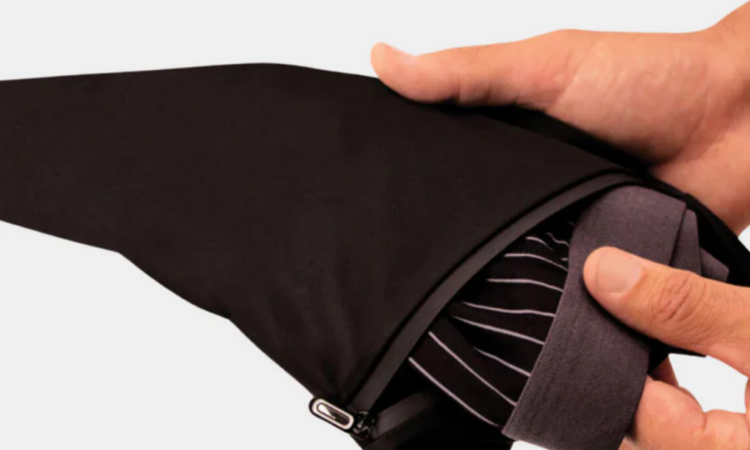Urinary incontinence during and after pregnancy is a common problem for women. It can be caused by a variety of factors, including hormonal changes, weakened pelvic floor muscles, and the pressure of a growing uterus on the bladder. It can be a source of embarrassment and discomfort for women, but it is important to know that there are solutions available.

There are several ways to prevent and treat urine leakage during and after pregnancy. Strengthening the pelvic floor muscles is an important step women can take to reduce urine leakage. This can be achieved by doing pelvic floor muscle exercises , also known as Kegel exercises. It is also important to maintain a healthy lifestyle, including regular exercise and a balanced diet.
If urinary incontinence is persistent or severe, it may be necessary to seek medical attention. There are several treatments available, including medications and surgical procedures. It is important to talk to a doctor about the best options for your individual needs and to rule out any underlying medical conditions.
Causes of Urinary Incontinence During Pregnancy
Urinary incontinence during pregnancy is a common problem. It is caused by several factors related to pregnancy and the changes in the woman’s body. Below are some of the major causes of urinary incontinence during pregnancy :
1. Hormonal changes
During pregnancy, the hormonal balance in the woman's body changes. This can lead to a weakening of the pelvic floor muscles , which are responsible for controlling the bladder and the urethral sphincter. This can cause urine leakage when coughing , sneezing, laughing or lifting.
2. Enlarged uterus
As the baby grows, the uterus increases in size and puts pressure on the bladder. This can lead to an increased need to urinate and can cause urine leakage.
3. Increased pressure on the pelvic floor
During pregnancy, the pelvic floor is exposed to increased pressure due to the weight of the baby and changes in the woman's posture. This can lead to a weakening of the pelvic floor muscles, which in turn can cause urine leakage.
4. Blockage
Constipation is a common problem during pregnancy and can lead to pressure on the bladder and urine leakage.
5. Previous births
If a woman has given birth previously, this can weaken the pelvic floor muscles and lead to urine leakage during pregnancy.
It is important to understand that urine leakage during pregnancy is normal and is not something to worry about. However, there are ways to prevent or reduce it, such as doing pelvic floor exercises and avoiding certain foods and drinks. Consult a doctor or pelvic floor physical therapist for advice and guidance.
Causes of urinary incontinence after pregnancy
After pregnancy, women may experience urine loss. This can have various causes. One of the main causes is the weakening of the pelvic floor muscles. These muscles have had to endure a lot during pregnancy and are therefore weakened. This can lead to urine loss, especially during exertion such as coughing, sneezing, laughing and lifting.
Another cause of urine loss after pregnancy is hormonal changes. During pregnancy, hormones are produced that cause the muscles and cartilage around the pelvis to soften. This is necessary to make childbirth possible. After childbirth, it takes some time for these muscles to return to their old level.
A third cause of post-pregnancy urine loss is damage to the nerves that control the bladder and pelvic floor muscles. This can happen during childbirth, for example, if there is a difficult delivery or a caesarean section. It is also possible that the nerves are damaged by an infection or another condition.
It is important to know that urinary incontinence after pregnancy is a common problem and that there are various treatments available. It is advisable to contact a GP or specialist if the symptoms persist.
Prevention and management of urinary incontinence
Urinary incontinence is a common problem during and after pregnancy. Fortunately, there are ways to prevent and manage it. Here are some tips:
Pelvic floor exercises
Pelvic floor exercises are an effective way to prevent and manage urine leakage. These exercises help to strengthen the muscles around the bladder and pelvic floor. It is advisable to do these exercises before you become pregnant and during pregnancy. Ask your doctor or midwife for advice on which exercises are suitable for you.
Adequate fluid intake
It is important to have sufficient fluid intake to prevent urine leakage. Drink at least 1.5 to 2 liters of water per day. Avoid drinking caffeine and alcohol, as these substances can irritate the bladder and cause urine leakage.
Lifestyle changes
Lifestyle changes can also help prevent and manage urine leakage. Avoid lifting heavy objects and excessive straining. Also try to go to the toilet regularly and not wait too long before you have to urinate.
Incontinence material
Incontinence products can help manage urine leakage. There are several types of incontinence products available, including panty liners, pads, and panties. It is important to choose the right type and size to prevent leakage.
Consult a doctor
If you are experiencing urinary incontinence, it is important to see a doctor. A doctor can advise you on the best way to prevent and manage urinary incontinence. In some cases, medication may be prescribed to reduce urinary incontinence.
Medical treatments
In some cases, urinary incontinence during or after pregnancy can be treated with medication. These medications can help relax the bladder or strengthen the pelvic floor muscles. It is important to know that medications are not always effective and that they can have side effects.
Another option is to use a pelvic floor trainer. This is a device that trains and strengthens the muscles of the pelvic floor. It can be used in combination with pelvic floor exercises to improve results. Pelvic floor trainers are available at pharmacies and can be purchased without a prescription.
In some cases, surgery may be necessary to treat urinary incontinence. This may be considered if other treatments have not been effective. There are several types of surgery available, including sling surgery and bladder prolapse surgery. It is important to discuss the risks and benefits of each option with a doctor before making a decision.
It is also important to remember that some women continue to experience urine leakage after giving birth and this can be a normal part of the recovery process. It is important to be patient and continue to do pelvic floor exercises regularly to help with recovery. If the problem persists, it is advisable to consult a doctor for further treatment options.
Home Remedies and Lifestyle Adjustments
There are several home remedies and lifestyle changes that can help reduce urine leakage during and after pregnancy. Here are some suggestions:
-
Pelvic floor exercises: Doing pelvic floor exercises can help strengthen the muscles that support the bladder and uterus. These exercises can also help prevent urine leakage. A physical therapist can help teach you the proper technique for these exercises.
-
Avoid foods that irritate the bladder: Some foods can irritate the bladder and contribute to urine leakage. Avoiding caffeine, alcohol, carbonated beverages, and artificial sweeteners can help reduce urine leakage.
-
Drinking enough water: Although it may seem counterintuitive, drinking enough water can help reduce urine leakage. When the body is dehydrated, urine can be more concentrated and can irritate the bladder. Drinking enough water can make urine less concentrated and can help reduce urine leakage.
-
Weight Loss: Being overweight can contribute to urine leakage. Losing weight can reduce the pressure on the bladder, which can reduce urine leakage.
-
Quit smoking: Smoking can contribute to urine leakage. Quitting smoking can reduce the chance of urine leakage.
It is important to remember that these home remedies and lifestyle changes will not work for everyone. It is important to talk to a healthcare provider before making any changes to your diet or lifestyle.
Pelvic floor muscle exercises
It is important to strengthen the pelvic floor muscles during and after pregnancy to prevent or reduce urine leakage. There are several exercises that can be performed to strengthen the pelvic floor muscles.
Kegel exercises
One of the most effective exercises for the pelvic floor muscles are Kegel exercises. These exercises consist of contracting and relaxing the pelvic floor muscles. This can be done at any time of the day, without anyone noticing. It is important to do these exercises regularly to strengthen the muscles.
Squats
Squats can also help strengthen your pelvic floor muscles. When doing squats, the muscles in your pelvic area are contracted and relaxed. It is important to use the correct technique and start slowly with a few squats per day.
Yoga
Yoga can also help strengthen the pelvic floor muscles. There are several yoga poses that strengthen the muscles in the pelvic area. One example is the "butterfly pose." This pose opens the pelvis and keeps the lower back flexible.
Pelvic floor physiotherapy
In case of severe urine loss, it may be advisable to consult a pelvic floor physiotherapist. This therapist can help assess the pelvic floor muscles and create a personal exercise program.
It is important to remember that strengthening your pelvic floor muscles takes time and it is important to continue exercising regularly. It may take a while to see results, but it is worth the effort.
Psychological impact of urinary incontinence

Urinary incontinence during and after pregnancy can have a major impact on a woman's psychological state. It can lead to feelings of shame, anxiety, and lower self-esteem. Women may feel insecure and withdraw from social situations as a result.
A study published in the journal "Springer" shows that women who experience urine leakage during pregnancy have a higher risk of experiencing urine leakage after giving birth. This can lead to increased fear of participating in outdoor activities, such as playing sports or going out.
It is important to understand that urinary incontinence is a common problem and that there are various treatments available. Women should be encouraged to be open about their experiences and seek help from a healthcare professional.
A healthcare professional can help identify the causes of urine leakage and develop a treatment plan. This may include exercises to strengthen the pelvic floor muscles, medications, or in some cases surgery. It is important to remember that urine leakage does not have to be accepted as an inevitable part of motherhood.
By being open about urinary incontinence and seeking help from a healthcare professional, women can regain their self-confidence and improve their quality of life.
When to seek medical help

Although urinary incontinence during and after pregnancy is common and usually resolves on its own, there are situations where medical attention is necessary. Here are some situations where it is advisable to see a doctor:
- If the urine loss is severe and does not improve with pelvic floor exercises.
- If there is blood in the urine.
- If there is pain or a burning sensation when urinating.
- If there are frequent urinary tract infections.
- If there are other symptoms such as fever, chills, nausea or vomiting.
In some cases, urine leakage during or after pregnancy can be a sign of an underlying medical condition, such as a bladder infection, urinary tract infection, or pelvic organ prolapse. It is therefore important to seek medical attention if symptoms persist or worsen.
A doctor may recommend different treatments depending on the cause of the urine leakage. These can range from pelvic floor exercises and physical therapy to medication or even surgery in severe cases.
It is important to remember that urinary incontinence during or after pregnancy is a common problem and that help is available. By seeking medical attention and following recommended treatments, women can reduce their symptoms and improve their quality of life.
Supporting resources and products

There are several resources and products available to help reduce and manage urine leakage during and after pregnancy. Here are some options:
Incontinence material
Incontinence products , such as panty liners, pads and panties, can help manage urine leakage. It is important to choose the right type and size to stay comfortable and prevent leakage. Special products are available for pregnant women and women who have just given birth.
Pelvic floor trainers
Pelvic floor trainers are devices that help strengthen the pelvic floor muscles. This can help prevent urine leakage and promote recovery after childbirth. There are different types of pelvic floor trainers available, ranging from simple Kegel balls to sophisticated electronic devices.
Pelvic belts
Pelvic belts are elastic bands worn around the abdomen to support the pelvic floor. This can help reduce urine leakage and reduce pain and discomfort in the pelvic region. It is important to choose the right size and type of pelvic belt to provide the best support.
Diet and nutritional supplements
Some women find that making changes to their diet and taking certain supplements can help reduce urine leakage. It is important to talk to a healthcare provider before making any changes to your diet or supplements to make sure they are safe and will not interact with other medications you may be taking.
It is important to remember that every body is different and what works for one person may not work for another. Therefore, it is important to talk to a healthcare provider about the best options for your individual needs.
Future research and developments
Much remains unknown about urinary incontinence during and after pregnancy. More research is needed to understand the causes of urinary incontinence and to develop effective treatments. Some promising areas of research and developments are discussed below.
New treatments
There are several new treatments in development for urinary incontinence after pregnancy. One example is the development of new medications that specifically target pelvic floor muscle strengthening. In addition, new technologies are being developed, such as pelvic floor stimulation and laser therapy, that may help strengthen pelvic floor muscles.
Prevention
Prevention of urine loss during and after pregnancy is an important focus. Research is being done into ways to prevent urine loss, such as strengthening the pelvic floor muscles during pregnancy and reducing risk factors such as obesity. In addition, new products are being developed, such as incontinence underwear and tampons, which can help women prevent urine loss.
Psychological aspects
Urinary incontinence can have major psychological consequences for women. Therefore, research is also being conducted into the psychological aspects of urinary incontinence, such as the impact on quality of life and the development of anxiety and depression. This research can contribute to a better understanding of the problem and offer possibilities for psychological support and treatment.
